Article by AVIJIT DAS – Kuchipudi Dancer from Bangalore
This is the first article from a serial about the classical Indian Dance Legends from the eight dance styles Bharatnatyam, Kathak, Kathakali, Kuchipudi, Manipuri, Mohinattyam, Odissi and Sattriya. Writen by the youngest professional Indian Kuchipudi Dancer Avijit Das from Bengaluru.
BHARATNATYAM
Bharata Natyam is one of the eight Indian classical dance forms of India. This dance form originated in the temples and courts of southern India. Later it was documented as a performing art in the 19th century by four brothers known as the Tanjore Quartet (musicians). Their musical compositions are use for Bharata Natyam dance repertoire even today. The art form used to performs by generation to generation under the Devadasi system. Devadasi women were dedicated to temples to serve the GOD as dancers and musicians performing part of the elaborate rituals. These male gurus (Nattuvanars) were the most important part of Bhartnatyam, because these male gurus used to teach the Devadasis in the temple. This dance form only used to perfume in the temple not on stage or outside of the temple.
Because of the social change and change of king in the kingdom the Devadasis (temple dancers) face so much of money problem and came down to prostitution. E Krishna Iyer and Rukmini Devi Arundale bought this temple dance form (Bharatnatyam) to the society and started performing on stage. The items of the performance were only Devotional character such like Rama, Krishna etc.
Today Bharata Natyam is one of the most popular and widely performed dance styles and is practiced by male and female dancers all over India and abroad. Its verity of movements and postures and the balanced of the rhythmic aspects take this art form in a higher level and other aspects lend itself well to experimental and fusion choreography. Bharatnaym follows Abhinaya Darpanam , Natya Sastra and other Sanskrit text for the theory part.
INSTRUMENTS USE IN BHARATNATYAM
Mridangam, Violin, Veena, Flute and Talam (Nattuvangam/ cymbals)
KATHAK
This dance form origin from the groups of poets of ancient northern India, known as Kathaks, or story tellers. These poets, performing in village squares and temple courtyards, mostly specialized in recounting mythological and moral tales from the scriptures. They use to perform those stories with hand gestures and facial expressions. It was a high class theatre, using instrumental and vocal music along with stylized gestures, to telling the stories. In the time of Mughal culture, Kathak became a sophisticated chamber art and taking care by art loving rulers, the practitioners of Kathak worked at refining its dramatic and rhythmic footworks, delighting elite audiences with their mastery over rhythm and the stylized mime.
The technique of Kathak is easy to understand by fast rhythmic footwork set to complex time cycles. The footwork is matched by the accompanying percussion instruments such as tabla and pakhawaj, and the dancer and percussionists often play with speed and ending in statuesque poses. The story portion, based on tales of Radha and Krishna and other mythological lore, contains subtle gestures and facial expressions. Lucknow, Banaras and Jaipur are recognized as the three schools, or gharanas, where this art was born and where the aspects were refined to a high standard.
INSTRUMENTS USE IN KATHAK
Pakwaj, Tabla, Harmonium, Sarengi and Talam(cymbals)
KATHAKALI
Kathakali is one of the oldest theatre forms in the world. It originated in the area of southwestern India now known as the state of Kerala. Kathakali is a group presentation, in which dancers take various roles in performances traditionally based on themes from Hindu mythology, especially the two epics, the Ramayana and the Mahabharata.
One of the most interesting aspects of Kathakali is its elaborate make-up code. Each Character has different make up according to their nature. This determines the colours used in the make-up. The faces of noble male characters, example great kings, the divine hero Rama, etc., are green makeup. Characters who are high evil streak, such as the demon king Ravana, are allotted a similar green make-up,but with red marks on the cheeks. Extremely angry or excessively evil characters wear red make-up and a flowing red beard. Forest dwellers such as hunters are represented with a black make-up base. Women and ascetics have yellowish faces.
The technique of Kathakali is a highly developed language of hand gestures; through hand gestures the artist can tell the whole sentences and stories. The body movements and footwork are very rigorous. a Kathakali dancer undergoes a very hard course of training, and special periods of body massage.
The dancers wear large head dresses, and the different colours of the face are extended with moulded lime. The extraordinary costumes and make-up transform the audience to a world of wonders.
The orchestra of a Kathakali performance includes two drums known as the chenda and the maddalam, along with cymbals and another percussion instrument, the ela taalam. Normally, two singers provide the vocal accompaniment. The style of singing particular to Kathakali is called Sopaanam.
A traditional Kathakali performance begins in the evening and continues throughout the night, when Good finally conquers Evil. Today, however, it has been modified for the proscenium stage, and the audiences can participate in this theatre experience in the span of a couple of hours.
INSTRUMENTS USE IN KATHAKALI
Chenda, Maddalam, Cymbals and Ela taalam
KUCHIPUDI
Kuchipudi is one of the well-known Classical Indian Dance form from Andhra Pradesh, India. The name Kuchipudi has origin from the name of a village “KUCHELAPURAM” with resident Brahmins practicing this traditional dance form at Andhra pradesh. Kuchipudi born from “BHAGAVATMELA” (a dance drama format) tradition which used to perform by the telegu Brahmins who lives in kuchelapuram. “Siddhendra yogi” (a great scholar and poet) who revolute kuchipudi from Bhagavatmela tradition. During 1960 kuchipudi started performing as a solo dance form on stage.
The movements in Kuchipudi are comparatively faster than other Indian classical dance form and scintillating, rounded and fleet-footed. Performed to not only classical Carnatic music also Hindustani classical music, it shares many common elements with Bharatanatyam. solo Kuchipudi numbers include “Puja”, ‘jatiswaram’, “Shabdam”, “Tarangam” ,”Keertanam” and ’tillana’. Abhinaya in kuchipudi is very unique and its Lokadharmi.
Taranagam is the main unique piece of kuchpudi repertoire, also known as plate (made by brass) dance. In that the dancer must dance upon a brass plate, placing the feet upon the raised edges. Tarangam is set to mostly lord Krishna’s glory with plate movements which is set to complicated tala pattern. Tala can be set in different gatis and jatis, most interesting part of a tarangam is, dancer reaply to mridangist chollu what he is playing in mridangam through plate movements. Tarangam carries a major uniqueness for this art form.
The song accompanying this number is from the well known “Krishna Leela Tarangini”, a text which recounts the life and events of Lord Krishna which is written by great telegu poet “Narayana Theertha”.
Most of the Karanas are often used in Kuchipudi dance. Apart from six padabhedas, Kuchipudi dancers also use some adugulu or adavus traditional to this school: Chaukam, Katteranatu, Kuppi Adugu, Ontaduvu,Jaraduvu, Pakkanatu. Kuchipudi based on totally Natya sastra (Sanskrit text).
INSTRUMENTS USE IN KUCHIPUDI
Mridangam, Violin, Veena, Flute and Talam (Nattuvangam/ cymbals)
MANIPURI
Manipuri is one of the most beautiful dance styles of India. Nurtured in the mountainous region of the northeast, it takes its name from the name of the place Manipur, which is now a state. Manipur literally means a jewel of a land, and the state is set like a gem in the verdant hills. The legend goes that the gods drained a lake in the beautiful countryside in order to find a place to dance. No wonder then, that dance is the part of the rituals of daily life, such as weddings and homage to ancestors.
The Lai Haroba, a ritualistic dance depicting the Creation, is considered the precursor of Manipuri as seen today. The Lai Haroba is still an important living tradition, while Manipuri has expanded and gained popularity as a performing art in group and solo presentations.
Among the important feature of the Manipuri repertoire are the Sankirtana and the Raas Leela, based on the devotional theme of Krishna and Radha. The Raas Leela depicts the cosmic dance of Krishna and the cowherd maidens. The beautiful embroidered skirts of the dancers, long and flared from the waist, and the veils, along with Krishna’s costume with the tall peacock feather crown, add to the radiant appearance of this dance, as the performers sway and twirl to an ascending tempo.
Another vibrant feature of Manipuri is the Pung Cholam or Drum dance, in which dancers play on the drum known as Pung while dancing with thrilling leaps and turns to a fast rhythm. The dance form also known for beautiful elegant female costume.
INSTRUMENTS USE IN MANIPURI
Pung and cymbals
MOHINIATTYAM
The dance form of Mohiniattyam was nurtured in the region of Kerala in southwestern India. The name Mohiniattyam literally means ‘Dance of the Enchantress,’ and it does have a mesmerizing quality. The white and gold costume, the hairstyle and the highly graceful movements in medium tempo bring out the aesthetic effect.
Mohiniattyam is characterized by swaying movements of the upper body with legs placed in a stance similar to the plie position. The eyes play an important role in the direction of the movement.
Mohiniattyam is found in some eighteenth century texts, but the practical style was revived in the time of Maharaja Swati Tirunal, a 19th century ruler who was a great patron of the arts. Under Swati Tirunal, Mohiniattam established as a solo dance tradition with musical compositions set to the Carnatic style of music and a distinct repertoire. Later, in the twentieth century, the great poet Vallathol established the Kerala Kalamandalam to promote the arts of Mohiniattam and Kathakali.
Over the past few decades, the repertoire of Mohiniattam has been developed and expanded by dedicated performers who have ensured that this beautiful dance style retains a distinct identity among the classical dance styles of India. Apart from mythology, Mohiniattam perform on the themes from nature. Mohiniattyam was female orientated art form only female were suppose to perform but at present male also practicing and performing too.
INSTRUMENTS USE IN MOHINIATTYAM
Chenda, Maddalam, Cymbals and Ela taalam.
ODDISI
Odissi has origininated from ancient northern India. The name Odissi refers to the dance style of the state of Orissa in eastern India. Like other classical arts of India Oddisi also face difficulties to survive and by the 1930s and 40s, there were very few surviving practitioners of the art.
The current form of Odissi is the product of a 20th century revival. Over the years Odissi has become one of the most popular classical dance styles.
Like other Indian classical dance forms, Odissi has two major facets: Nritta or non-representational dance, in which ornamental patterns are created using body movements in space and time; and Abhinaya, or facial expressions are used to interpret a story or theme.
The divine love tales of Radha and the cowherd God Krishna are favourite themes for interpretation, and a typical recital of Odissi will contain at least one or two ashtapadis (poem of eight couplets) from Jayadeva’s Gita Govindam, which shows the complex relationship between Radha and her Lord.
The technique of Odissi includes repeated use of the tribhangi, (thrice deflected posture) in which the body is bent in three places, the shape of a helix. This posture and the characteristic shifting of the torso from side to side, make Odissi a difficult style to execute. The language of the music is Oriya.
INSTRUMENTS USE IN ODDISI
Pakwaj, table, harmonium, flute and cymbals.
SATTRIYA
Sattras are the Vaishnava monasteries in Assam. The saint poet Shankar Deva of the 15th century AD started this institution to bring harmony to the region of Assam through religion, creating forms of dance-dramas, music, painting and collective prayer. The dance forms which have come to stay are called Sattriya dances, sharing all the characteristics of a classical dance form.
As a living tradition these dances are performed in the namghar, the prayer hall of the sattra by the celibate monks. Dressed in white costumes and turbans, head gears, they include kho lplaying, performing dance, creating soundscapes, floor patterns and choreographic designs. The numbers like “Sutradhari,” “Chali,” “Jhumura” partake of nritta, pure dance, nritya, expressional dance and dance-drama elements. The music is provided by khol-drum, patital, boratal-cymbals along with songs. The repertoire of Sattriya is vast. Now young female dancers also study these dances and they have come out of the sattra. They are presented on the metropolitan stages, with typical music of Assam, costumes and literary compositions viz borgeet. Both solo and group numbers enrich its presentation.
The dresses are usually made of pat, a type of silk produced in Assam, woven with intricate local motifs. The ornaments, too, are based on traditional Assamese designs.
INSTRUMENTS USE IN SATTRIYA
Violin,cymbals and Khol (Drum).



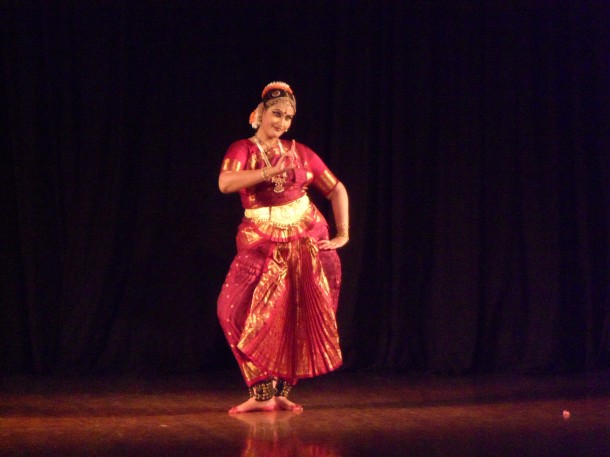

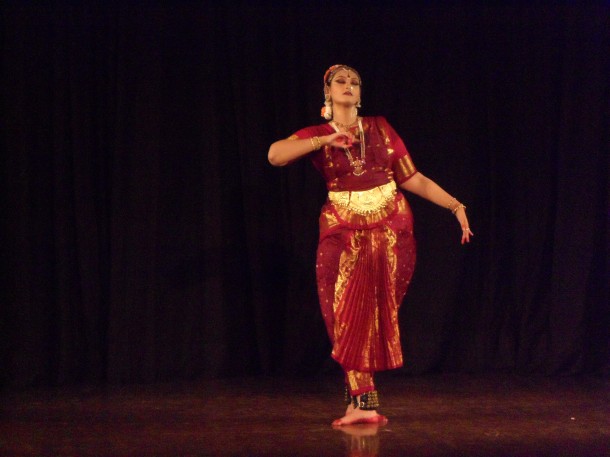




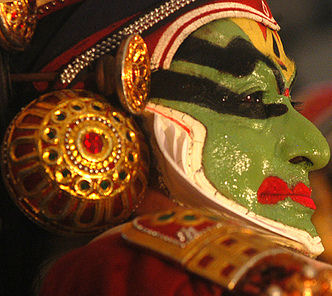



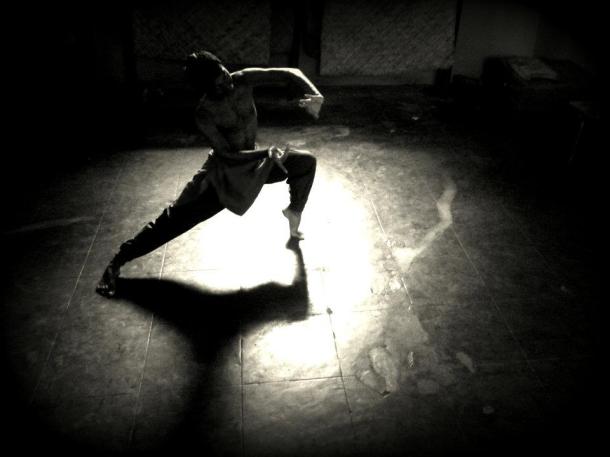


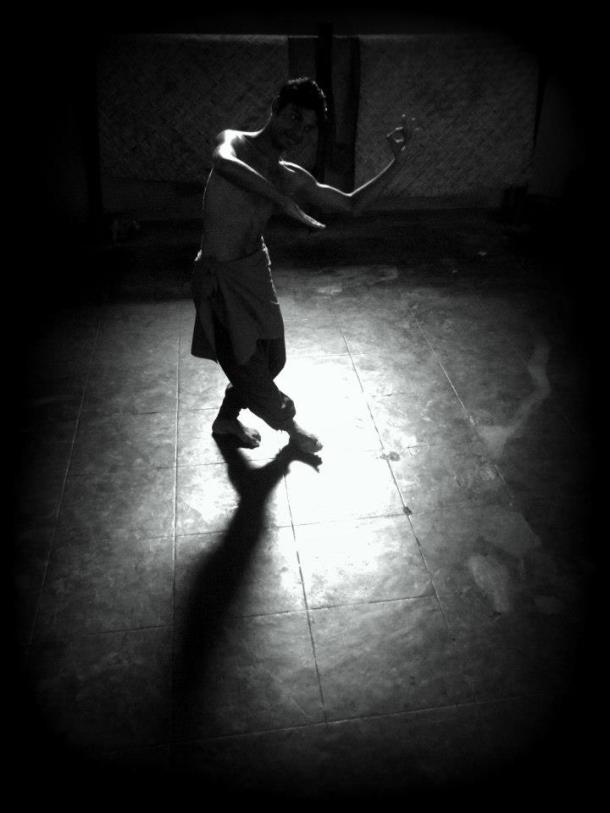



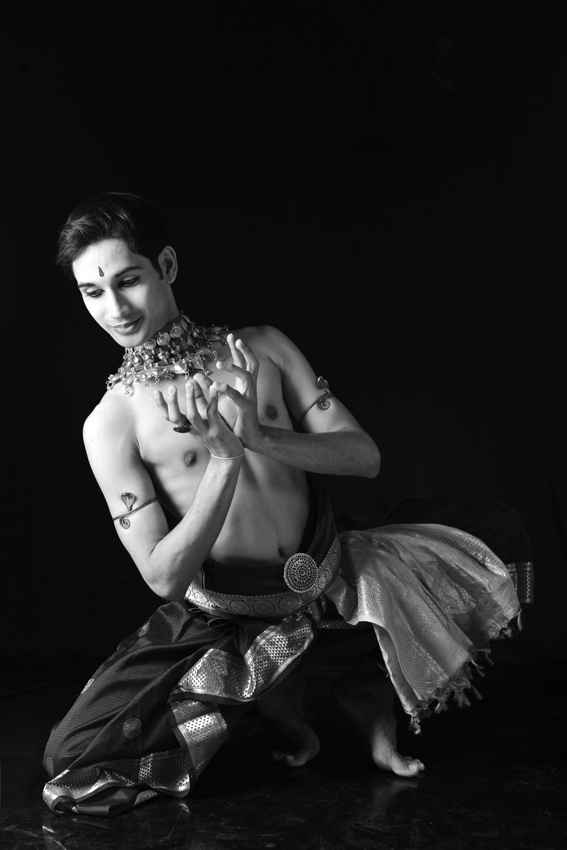
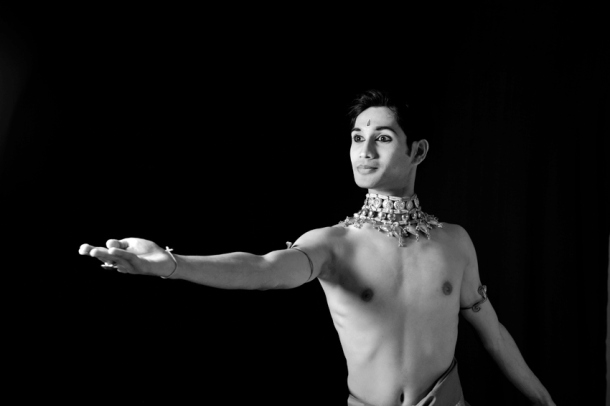



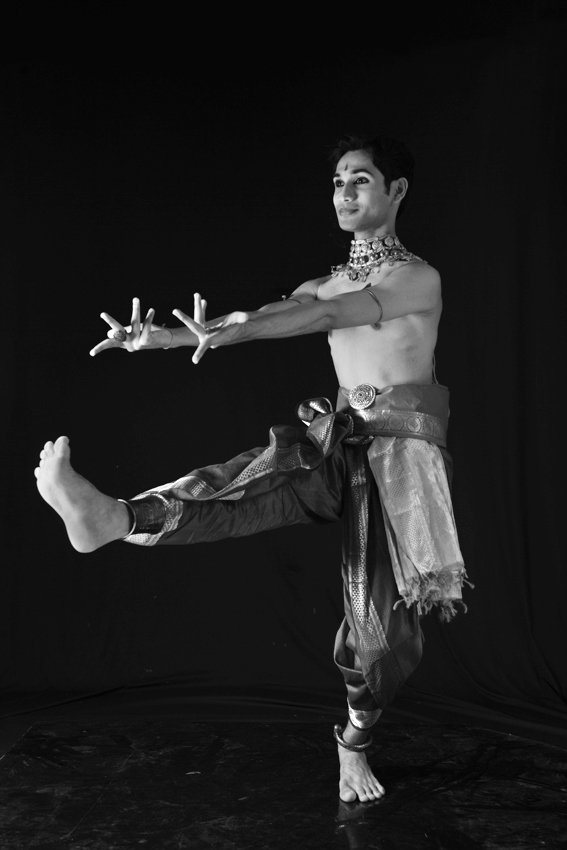



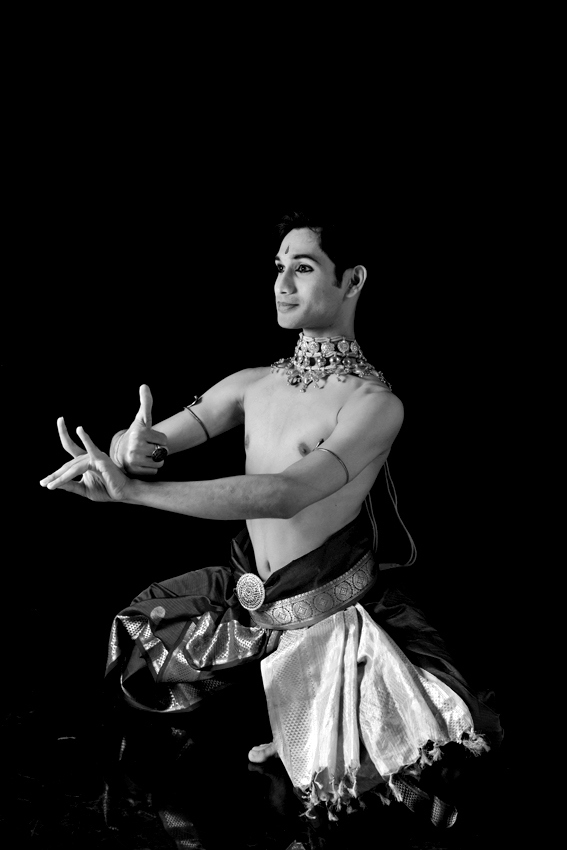











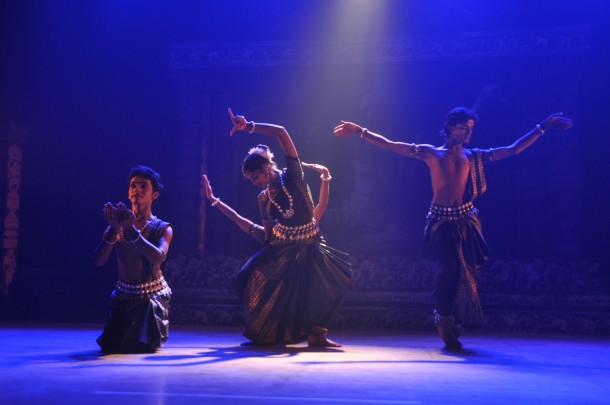

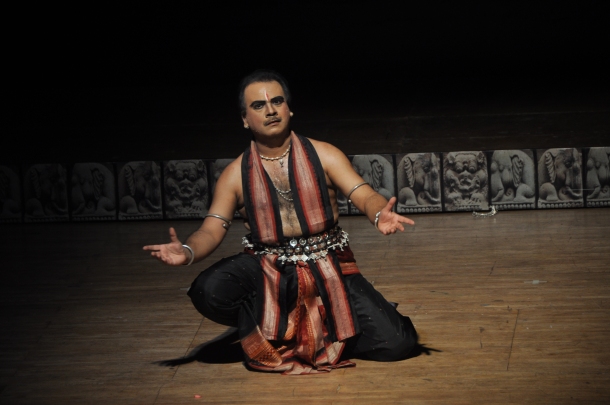
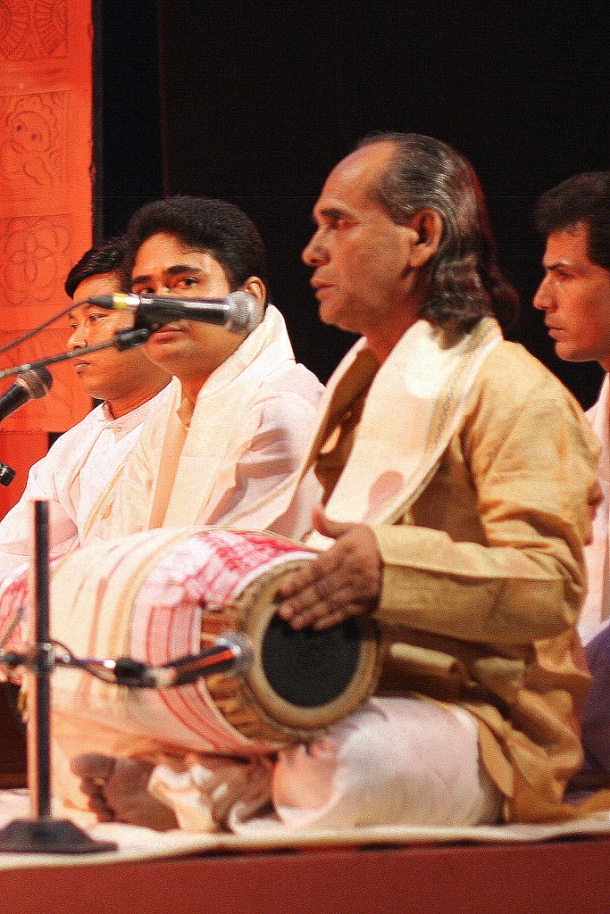
can also add northern india
its nice to learn
How the hell are all of them same?! Oh my goddd
please read my comment below
When we prepare a dish the recipie and ingridients are all same, but the presentation, preparation and the taste varries, similarly when we put our divotion through dance the body language what we call( BHANGI) and hand art ( MUDRA) are all difftent to present and the way of presenting it varries, IM A ODISHI DANCER, I KNOW HOW THESE DANCE VARRIES , and similarly all are too difficult to present .
All r same 😦
HOW THE HELL ARE THEY ALL THE SAME? HOW DO YOU KNOW? HAVE YOU DANCED TO ALL OF THEM? Do you know how to? Tell me when you do know ok?
If you think that salsa is the same like waltz, then also all classical indian dances are same for you. These 8 different indian classical dances are so different like the western ballroom dances. I only study Kathak as a beginner to understand and learn the language of this dance. Kathak means the story-teller and you can use it as non verbal language. Me as communication designer are always interested in non verbal communication. The classical indian dance is a language to tell the classical myth of the hindu philosophy. This article is written by the famous Kuchipudi dancer Avijit Das from Bangalore. He study a lot of this dances and starts with Bharatanatyam (Dance of India). The movements and footwork is totally different. If you have a chance to see some performances than you can realize it very fast. A lot of the western people loves Kuchipudi because it is near the western ballet. If you are interested in more information about Kuchipudi please check Avijit web page on wordpress. He will also publish a new article about the 8 different dance types very soon. Have a nice day and dance…
plz dnot talk
Excellent .informative. great.
Piyal
I personally luv it pretty and cool! The dancers are so pretty in mohiniattam.
ODISSI DANCE MOST BEAUTY FULL CLASSICAL DANCE IN INDIA AND FAMOUS IN WORLD STATE OF (ODISHA)COUNTRY-(INDIA)
my favorite indian classical dances are Kuchipudi and Kathak…
i love mohiniattam specially cuz the old man in it dances well!
cool but he’s in odissi
My AbFab classical Indian dances are Kuchipudi and Kathak…
Thanks for the informations
you welcome… its my pleasure
PICTURE BHARATNATYAM ODISI KATHAK DANCE
its really helpful 4 me as it was my my school assignment to collect images as well as the information.
really praiseworthy
Thanks!
The dance articles I shared a written by Avijit Das – The famous Kuchipudi dancer from Bangalore. At the moment he work on a new article about the 8 classical dance forms of India. You can check it out on his blog very soon. If you need more information please contact me.
http://avijitdasdance.wordpress.com/
i like the expression people make in every dance
same here… let us dance…
Thnx for Information
Great Information!!!!! As a Indian just now learn about out dance forms!!! Great Work
Thanks a lot and have a nice weekend
thanks this was a great help for a dance project
you welcome
ODISSI HAS NOT ORIGINATED FROM NORTHERN INDIA.IT’S THE CLASSICAL DANCE OF THE EASTERN INDIAN STATE OF ODISHA.PLEASE RECTIFY THE ERROR.ODISSI IS THE OLDEST DANCE FORM OF INDIA AND ALSO THE BEST ONE.IT’S A TYPICAL ODIA DANCE.
This article i published was written by Avijit Das – Kuchipudi Dancer and Dance Critic… I will conect with him about this topic
But Odisha is considered a nothern state regarding Odissi dance because the music is Hindustani rather than Carnatic and the culture closer to northern than south. The language is closely related to Hindi for example.
I don’t know how are all dances look like but I had to read the history of Indian classical dances for the sake of my study.
that sounds good… i am also very interested in all different types of classical indian dances
Plz upload many picture of manipuri dance..
my 8 year old son interested in dance. but i m quiet confuse that is there any scope in classical dance learning?
Hello Purnima…
He should start with indian classical dance…
Where are you located…???
Pingback: TRADITIONAL DANCES OF INDIA | Traditions
Nice photos! I liked the blog regarding Indian Classical Dances and it is quite informative. Thanks for sharing.
Thanks a lot
ur tell truth
Pingback: Zankar : The dance beat 2 | Zankar : The dance beat
I like karhak so much and i know it also.
Gr8……m glad by knowing our classical dances origin
i like the dance BHARATANATYAM &I also like karhak so much and i know it also.
Hi Georg,
yes i am aware of these dance forms and to some extent can make out the differences. but never got an opportunity to learn any one of them under a proper guru. i enjoy seeing the intense performances in Bharatanatyam / Kathakali, also appreciate other dance forms. in Kathak why there are more men dancers and for me the postures seems quite feminine…. unless in Bharatanatyam….is there any particular reason. please educate me on this.
all dance forms are dance by female and male dancers. But I think that the most of the Kathak dancers are male dancers. That is my experience. Kathak means “The Storyteller” and in former times this dancers are most male dancers.
send some modern contemporary work on indian classical dances.
this looks very important to children nice photos
Hey Geog! Can you mail me this content in hindi?! I need it for my project.
Georg*
Thanks for beautiful information and u way of replaying also sir. And may I know the where I can learn proper form of dance I just madly love dance. ..
Thanks a lot… If you will learn more about Kuchipudi please visit the blog from Avijit Das … He was the author of the article
https://avijitdasdance.wordpress.com
nice!goodgood
Great article its very difficult to compile and simplify in these much words.I am highly impressed good job done.Thanx
Thanks a lot… If you will learn more about Kuchipudi please visit the blog from Avijit Das … He was the author of the article
https://avijitdasdance.wordpress.com
eh please don’t mind my saying but instead of writing ‘instruments used in ….’ you have written ‘instURments used in ….’
THANKS A LOT ISHA… will change the mistake
I WANT TO START DANCING BUT I DON’T KNOWN WHICH ONE TO SELECT FROM THE 8 CLASSICAL DANCES
Than start with Bharatanatyam or Kathak… Find out which dance you like more… Both are good for starting and learn the basics
Ok!!! Thanks a lot
it is oddisi/odissi
ODISSI
Hi Georg,
yes i am aware of these dance forms and to some extent can make out the differences. but never got an opportunity to learn any one of them under a proper guru. i enjoy seeing the intense performances in Bharatanatyam / Kathakali, also appreciate other dance forms. in Kathak why there are more men dancers and for me the postures seems quite feminine…. unless in Bharatanatyam….is there any particular reason.
I do not have the experience that there are more male dancers than female dancers in kathak. I agree that there are more Senior Male dancers. That is because the female dancers stop dancing when they build a family. And unfortunately some husbands do not allowed that the wife go on with dancing after married. From my point of view the poses in kathak are not feminin. There are so powerful in combination with the footwork. I think the western ballet dance are more feminin.
thanks for the details.i have required this information in my project.thanks a lot!!!!!!
I knew that the number of Indian classical dances are six. Mohiniattam and Sattriya is not Classical dance form. Are you sure ?
Sattriya or Sattriya Nritya (Assamese: সত্ৰীয়া নৃত্য), is one among the eight principal classical Indian dance traditions. In the year 2000, the Sattriya dances of Assam received recognition as one of the eight classical dance forms of India. Whereas some of the other traditions have been revived in the recent past, Sattriya has remained a living tradition since its creation by the founder of Vaishnavism in Assam, the great saint Srimanta Sankardev, in 15th century Assam
Mohiniyattam, also spelled Mohiniattam (Malayalam: മോഹിനിയാട്ടം), is a classical dance form from Kerala, India. Believed to have originated in 16th century CE, it is one of the eight Indian classical dance forms recognized by the Sangeet Natak Akademi. It is considered a very graceful form of dance meant to be performed as solo recitals by women.
dear sir,
is SATTRIYA a classical dance of india or only share the characteristics of a classical dance form? in many art books only 7 are mentioned.it is official classical dance.
The article on my blog was written by the indian classical dance expert and kuchipudi dancer avijit das… For any information you can check his blog and can sent him a message there
https://avijitdasdance.wordpress.com/
I love kathak nd m learning
I also love kathak
I like kathak nd bharthanatyam…nd it realy helps in my project .. thank u sooooo much
super sir for this kind of clssical dance in india iam so happy
b cas i have learn to bharadhanatyam, kathak and kuchipudi dance forms.
Indian Classical Dance is one of the most integral parts of our rich heritage. Love the way you have describe about every Forms.
i also have write blog about Indian Classical Dance.: http://www.findurclass.com/blog/indian-classical-dancing/
I like odissi dance
Thanks! Helped me a lot in my homework 😀😀
Wow it help me
My daughter is 8 yrs which classical dance should she learn i m confused please guide me sir m from ahmedabad
Please can you connect Mr. Avijit Das
https://avijitdasdance.wordpress.com
Dear im too a dancer, after 4 , there is no problem to learn.
I most Like All classical Dance of India.
Reblogged this on Avijit Das and commented:
My article about the 8 classical Indian dance forms. published at POOL Magazine India and India! Magazine, Germany.
Very cool! this really helped with my school project
I just luvd your work, so much of knowledge to learn, and ya i appreciate your study, im too a clasical dancer and this is a divotion to understand.